Glitch in its natural habitat

The technical term "glitch" means: a sudden, usually temporary malfunction or irregularity of equipment. These are glitches that occur spontaneously, and are sometimes found, observed and captured. For most people, when their computer, tv, or other tech device glitches it is a source of irritation-- it's not working properly. However, there are groups of people who appreciate the aesthetics of these glitches and find these unique experiences to be quite satisfying. There are even online communities of people who love to capture these highly coveted "naturally" occurring glitches and post them in group collections. For example a group on Flickr called Glitch Safari where there focus is specifically on the collection of "found glitches in public spaces," as opposed to glitches that art made, or created by human hands. The group description explains, "Displays will glitch in our modern, urban landscape. These occurrences generally go unnoticed by society or are ignored as technological failure. Glitch Safari is a group that sees the magical quality in these sometimes fleeting instances and celebrates their aesthetic as machine art. We're on the hunt for glitches from across the globe! Post pictures and videos of glitches found on displays, signs and machines. Please geo tag your submissions and, for more points, add a description of where you found it."

Glitch Art
Glitch art is the practice of creating intentional flaws in sound, image, video and other files (such as jpg, wav, etc.) for creative purposes. Artists intentionally break the file just enough to achieve surprising and serendipitous aesthetic outcomes, but not too much so that the file is no longer functional enough to open/play. It's a delicate balance of corruption. Here is a link to the original Glitch Studies Manifesto written by Rosa Menkman.
Some awesome examples of glitch art and artists:
Glitchbot - "GlitchBot is an automated glitch creation / distribution program and persona. GlitchBot maintains an active presence on flickr, including a profile and photostream, with new images created and uploaded daily. GlitchBot is not an interactive program. GlitchBot works alone on a fixed schedule, creating a single new glitched image every day and presenting it to the world via the GlitchBot flickr page." Created by Ben Baker-Smith. Here we see the human artist, who made the machine, who makes the glitch art.
Hugh S. Manon - Hugh Manon is an artist and Associate Professor and Director of Screen Studies and Director of Media, Culture and the Arts at Clark University, Worcester, Massachusetts.
Rob Sheridan - Rob Sheridan is an artist, art director, writer, designer, illustrator, photographer, director, and editor residing in the pacific northwest. He has done creative work for nine inch nails, trent reznor, how to destroy angels, dc comics, beats music, hbo, bbc america, sony pictures, sony music, interscope records, universal music, capitol records, veto, the grammys, david fincher, heavy metal magazine, mit technology review, 42 entertainment, cloak and dagger, spaceland, dr dre, peter murphy, puscifer, phantagram, L7, zedd, the black queen, the new regime, black rebel motorcycle club, and various print publications.
Rosa Menkman - Rosa Menkman is a Dutch researcher and artist. Her work focuses on noise artifacts that result from accidents in both analogue and digital media (such as glitch, encoding and feedback artifacts). Most recently she was awarded an art residency at CERN, an amazing accomplishment and amalgamation of art and science.
Glitch Assignment Parameters:
Son of a Glitch! Make a series of glitch art with a cohesive theme! 5 stills, 5 gifs, and 2 short (datamosh) vids 2 min or less). I will show you a variety of techniques, you come up with the concept. Make something that is smart, clever and aesthetically glitchy!
You must have:
1 consistent theme
5 still glitch images
5 gif glitch images
2 short (2 min. or less) datamosh videos
The Tools
There are many different ways to create glitch art, but they seem to fall under three major categories:
Accidental Glitch - a true manifestation inside of the system without human intervention, the machine is the artist (like what we saw in Glitch Safari).
Intentional Glitch - where the human causes errors in the file, code, codec, etc. but the results are still somewhat erratic, surprising and serendipitous.
Fake Glitch - that is, “faking glitch” and obtaining a similar aesthetic through design, basically imitating glitch in photoshop or some similar program.
Hybrid Glitch - any combination of 2 or more of the above categories.
Types of glitch we will explore:
Intentional Glitch via Misalignment:
Misalignment glitches are produced by opening a digital file of one type with a program designed for a different type of file, for example opening a jpg file in an audio or text editing program, or using the wrong codec to decompress a file. Tools commonly used to create glitches of this type include audacity (free multi platform software) and text edit.
We will be exploring:
Audacity (for both platforms)
Notepad++ (for Windows users) & Textedit (for mac users)
Intentional Glitch via Data Manipulation aka databending:
Data manipulation (aka databending) creates glitches by editing or changing the information or data inside of a digital file.
We will be exploring:
Hex Editor - Live on the web
Datamoshing - using Avidemux version 2.7.1 & VLC media player (both are free, available across platforms and also accessible through splashtop) as well as a simple online converter.
Fake Glitch
We will be exloring:
Pixel Sorting (in Photoshop)
Glitch Gifs (in Photoshop)
Hybrid Glitch
We will be exploring:
Starting with intentional technique(s) of your choice, and touching/supplementing the design in Photoshop.
Questions?
Happy Glitching! Now let's BREAK SOME FILES!!


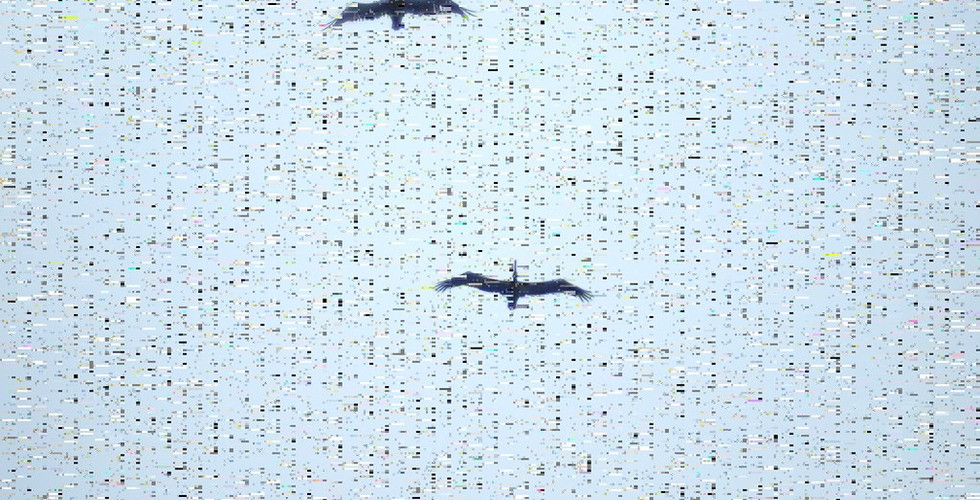
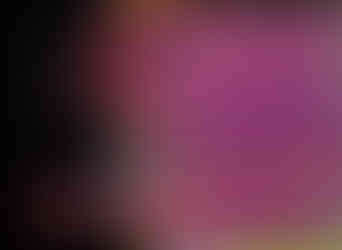


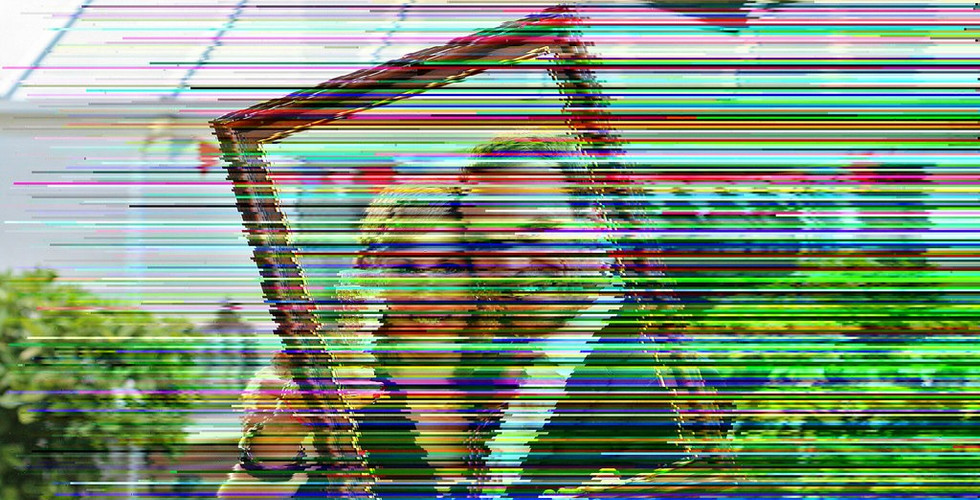















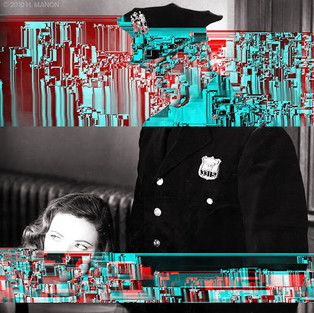

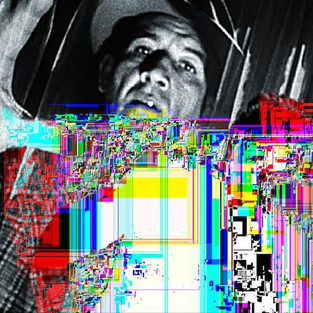



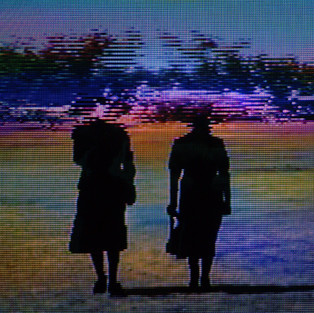


























Commenti